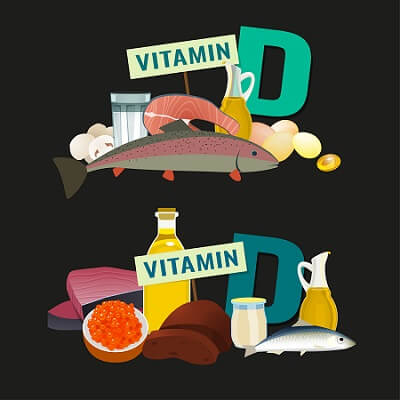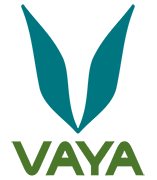Top 5 Healthy Foods That Are a Rich Source of Vitamin D

Vitamin D is produced naturally by your body via the synthetization of ultra violet rays (sunlight). This means that technically, you do not have to eat food to gain vitamin D. But sun exposure can have some negative consequences to your health, like sunburn or skin cancer. In that case it is best to focus on including some of the foods below in your diet:
- Tuna
Tuna sits at the top of the seafood pyramid. It is one of the most highly prized and delicious types of fish that is used in a variety of different dishes. You’re probably most familiar with tuna as it’s used in sushi, but you can actually utilize it in a variety of dishes. 100 grams of tuna has 236 IU of vitamin D; this is equivalent to half of your recommended daily intake of vitamin D. - Oysters
Oysters are more than just a popular aphrodisiac that you eat on fancy dates. It turns out that they are actually great sources of vitamin D. 2.5 oz of wild oysters has 230 IU of vitamin D which is over half of the recommended daily intake of vitamin D. They are also very low in calories which means you can stock up on your vitamin D without worrying about putting on the pounds. - Shrimp
Shellfish is one of the more under looked sources of vitamin D. We typically associate it with some of the other benefits of seafood like omega-3 fatty acids. Shrimp is great to eat to get your vitamin D fix because it is very low in fat. Eating shrimp can provide your body with 152 IU of vitamin D per serving. This is equivalent to 25% of the recommended daily intake. - Egg Yolks
Eggs are overall some of the healthiest things we can eat. Typically, we eat them for their high protein and low cholesterol content. But now you can eat them for their vitamin D as well. The egg whites contain the protein and fat, but the egg yolk contains the vitamin D. So, get to cooking those poached eggs or sunny side up eggs - Mushrooms
Mushrooms are the only plant source of vitamin D excluding fortified foods. They actually synthesize vitamin D in the same way that humans do, by capturing UV rays. The only problem is that mushrooms produce vitamin D2 which is different than the vitamin D3 produced in animals. This can make it less effective than eating animal products; but you can make up for this by simply eating more mushrooms.
(Visited 82 times, 1 visits today)

